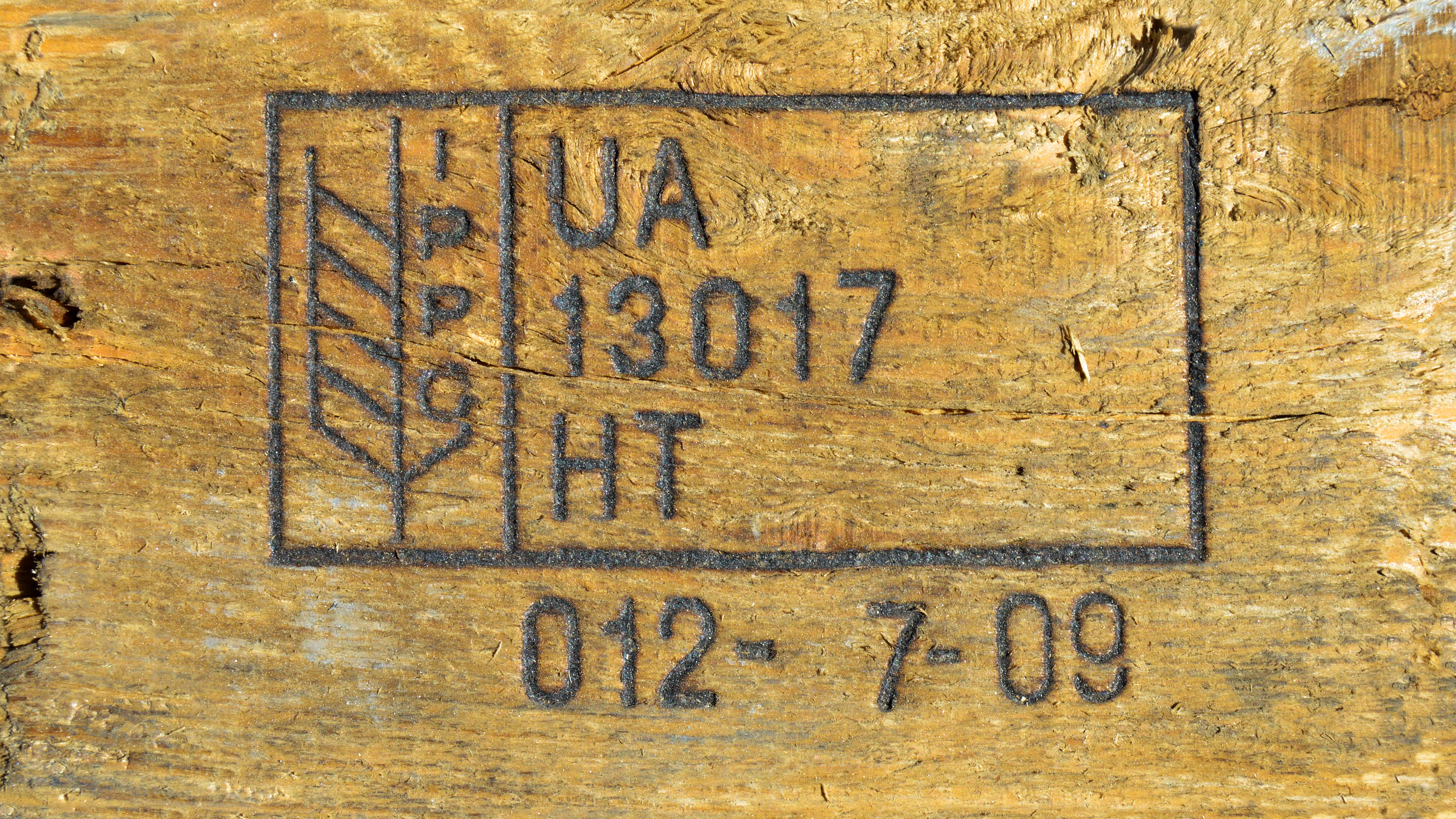Export ISPM 15-Compliant Wood Packaging Material From the United States to Another Country

As an exporter, you need to know if the country you are exporting to requires wood packaging material (WPM) to be ISPM 15-compliant. If the country does, then you are responsible for complying with their ISPM 15 WPM requirements.
Countries That Require ISPM 15-Compliant WPM
The countries below require ISPM 15 compliance for WPM used to ship commodities. This list is not all-inclusive; it includes only the countries that have stated in writing that they require ISPM 15-compliant WPM.
- Argentina
- Australia
- Bermuda
- Bolivia
- Brazil
- Canada1
- Chile
- Colombia
- Costa Rica
- Cuba
- Dominican Republic
- Ecuador
- Egypt
- European Union
- Guatemala
- Honduras
- India
- Indonesia
- Israel
- Jamaica
- Japan
- Jordan
- Kenya
- Korea
- Lebanon
- Malaysia
- Mexico
- New Zealand
- Nicaragua
- Nigeria
- Norway
- Oman
- Paraguay
- Peru
- Philippines
- Seychelles
- South Africa
- Sri Lanka
- Syria
- Taiwan
- Trinidad and Tobago
- Turkey
- Ukraine
- United Kingdom
- Venezuela
- Vietnam
1 Canada and the United States have an exemption on WPM manufactured from wood originating in the continental United States or Canada. To obtain the exemption, the import documentation must include one of the following statements:
- "The wood packaging material originated in the Continental US" or
- "The wood packaging material originated in Canada"
How To Obtain ISPM 15-Compliant WPM in the United States
APHIS and the WPM industry administer an export program to guarantee WPM compliance with trading countries’ import requirements. The program ensures certified treatment and marking of WPM for international trade, while maintaining the packaging material’s traceability.
There are three options for obtaining ISPM 15-compliant WPM in the United States:
Treatment Programs
The American Lumber Standard Committee manages two quality control programs for treatment of WPM under an agreement with APHIS. These programs ensure that WPM labeled with the ISPM 15 official mark has been properly treated in compliance with the ISPM 15 standard. If you are a WPM producer, you must enroll with an ALSC-accredited inspection agency.
Heat Treatment Program
For heat-treated WPM to be ISPM 15-compliant, you must produce it by one of the following methods:
- Purchase previously heat-treated lumber with an ALSC-accredited agency mark and use it to construct the wood packaging material.
- Construct WPM from lumber that is not heat-treated, place the product in a heat chamber, and heat-treat the WPM product to achieve the minimum wood core temperature of 56 degrees Celsius for at least 30 minutes.
You must then label the product with an ALSC-accredited agency quality mark to show the heat-treated WPM is compliant with ISPM 15. The presence of the mark attests that the WPM meets importing countries’ regulations based on ISPM 15.
Methyl Bromide Fumigation Program
Under the methyl bromide fumigation program, WPM must be treated by fumigators certified in the program to be ISPM 15-compliant. The accredited agency quality mark must then be applied.
If you need to have WPM fumigated, contact a fumigator registered in the program or register with one of the accredited inspection agencies.
View List of Accredited Inspection Agencies and Registered Fumigators
Frequently Asked Questions
For both heat treatment (HT) and methyl bromide (MB) fumigation programs, the quality/treatment mark consists of the following:
- U.S. agency trademark, which is the identifying symbol, logo, or name of the accredited agency and is found outside of the ISPM 15 mark
- Facility identification, which is the WPM product manufacturer assigned facility number
- HT or MB mark
- Country code, which is the two letter ISO country abbreviation
- IPPC-approved international symbol for compliant WPM
- "DUN" when the WPM is considered dunnage
APHIS does not have information about lumber mills that provide HT-marked wood. Contact the inspection agencies for further information.
No. WPM must be either heat-treated to 56 degrees Celsius to the core for at least 30 minutes or fumigated with methyl bromide to the schedule in the ISPM 15 standard.
The intent of the ISPM 15 standard is that once the WPM is treated and officially marked, the treatment does not expire. You can reuse WPM without retreating and remarking.
However, WPM that has been repaired or remanufactured must be either fumigated or heat-treated again. The old mark must be obliterated with a new mark applied by one of the inspection agencies.
No. It is against APHIS policy to issue a phytosanitary certificate for WPM used to transport commodities. If the WPM itself is the cargo, we will issue a phytosanitary certificate.
Contact one of the accredited inspection agencies under either the heat treatment or fumigation program to learn how to obtain treated and officially marked dunnage.
Have a question about treatments, requirements, costs, or related topics?
Contact ALSC or One of Its Accredited Agencies



